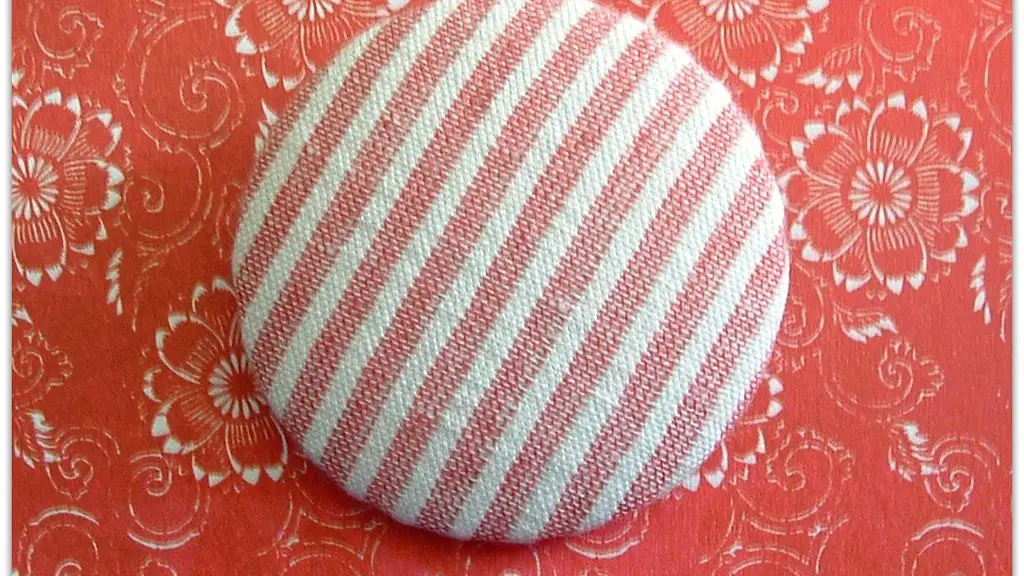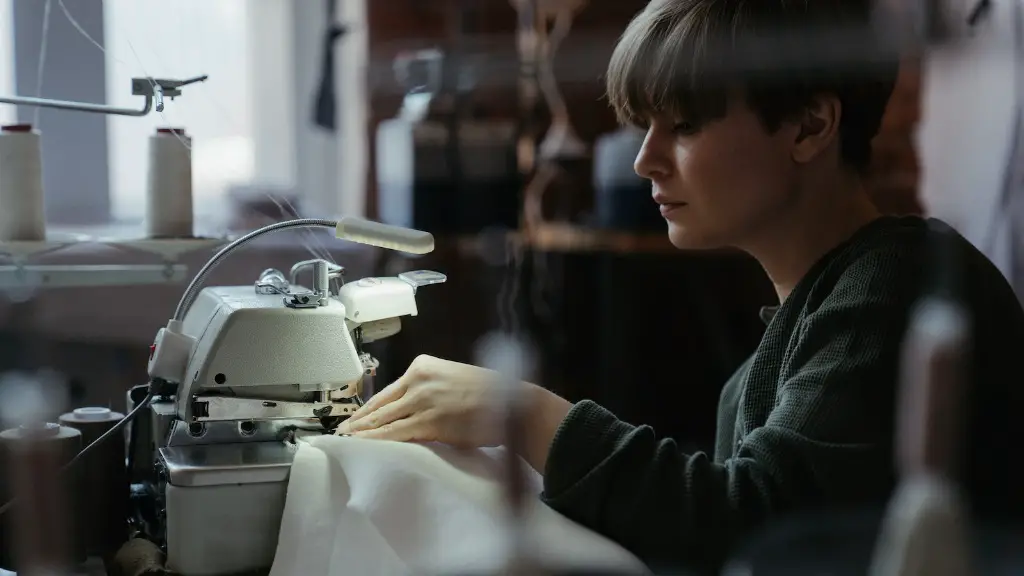Choose the Right Cabinet
When it comes to restoring an old Singer sewing machine cabinet, the choice of cabinet is important. Before you decide on a particular model, research the different styles and designs available. Consider the age of the sewing machine, what condition it is in, and the cost. There are many vintage and antique cabinets available online, some of which may need little more than cleaning and refinishing. Be sure to check the condition of any cabinet before buying, as this will determine how much restoration will be necessary.
Safety Precautions
Before you begin restoring the cabinet, it is important to take all necessary safety precautions. When working with old, dust-filled cabinets, always wear a dust mask and protective eyewear to prevent potential health problems. When sanding, use a sanding block to ensure even scratches. Likewise, when using sandpaper, use long, even strokes and be careful not to press too hard.
Cleaning
The first step in restoring an old Singer sewing machine cabinet is to carefully clean the cabinet. Using a vacuum cleaner, gently remove any surface dust or debris. Then, use a cloth dampened with white spirit to remove any grease or grime from the exterior. Be sure to rinse off any white spirit that is left behind, then use a dry cloth to gently buff away any remaining dirt.
Sanding and Priming
Once the cabinet is completely clean, the next step is sanding and priming. Begin by sanding the exterior of the cabinet with a medium-grit sandpaper, taking care not to press down too hard. Once the surface is smooth, apply a primer coat to the exterior. This will help the paint to adhere better to the cabinet and will provide a more even finish.
Painting and Refinishing
When the primer has dried, it is time to begin painting and refinishing the cabinet. Start by choosing a paint color that will look right with the age and condition of the cabinet. Before painting, use a tack cloth to remove any dust or debris. Begin by painting the sides and back, then the front and doors. Depending on the condition of the cabinet, you may want to apply multiple coats of paint. Once the paint is dry, use a clear, glossy finish to seal the paint and provide a more vibrant, attractive finish.
Stabilizing the Cabinet
After the paint and refinishing is completed, it is important to ensure the stability of the cabinet. To do so, inspect the cabinet for any loose screws or bolts, and tighten them if necessary. Also check for any broken or missing parts, and replace them if necessary. This will help to prevent any wobbling or instability when the cabinet is in use.
Refurbishing the Sewing Machine
Once the cabinet is finished, the final step is to refurbish the sewing machine and install it in the cabinet. Be sure to follow the manufacturer’s instructions when disassembling, cleaning, and reassembling the machine. When it is time to install it in the cabinet, be sure to secure it to the base using the appropriate screws and bolts.
Polishing
Once the sewing machine is installed into the cabinet, the final step is to polish the cabinet and make it shine. Use a furniture polish and a soft, clean cloth to bring out the shine. Pay special attention to any painted or stained areas, as these need extra care to ensure the best finish.
Preserving the Finish
The last step in restoring an old Singer sewing machine cabinet is to preserve the finish. Make sure to keep the cabinet in a cool, dry place. If there is any dust or dirt on the cabinet, use a damp cloth to gently wipe it off. Be sure to use a furniture wax or polish to protect the finish from scratches and fading. Additionally, applying a coat of lacquer can help to preserve the cabinet and make it last for years to come.
Maintaining the Machine
When restoring an old Singer sewing machine cabinet, it is important to maintain the machine on a regular basis. This includes cleaning and lubricating the machine, checking for worn or broken parts, and making sure the machine is adjusted properly. Regular maintenance will ensure the machine runs properly and lasts longer.
Troubleshooting Problems
When restoring an old Singer sewing machine, it is important to be prepared for any potential problems. Be sure to have the necessary tools and replacement parts on hand in case of an unexpected issue. Additionally, if the machine is not functioning properly, consult the manufacturer’s instructions for troubleshooting tips.
Finding Replacement Parts
In some cases, it may be necessary to find replacement parts for the sewing machine. These parts can often be purchased online or from a specialty store. Be sure to research the model of the Singer sewing machine before making a purchase, as the parts may vary depending on the age and condition of the machine.
Conclusion
Restoring an old Singer sewing machine cabinet can be a rewarding experience. With the right tools and materials, you can give the cabinet a fresh, new look that will last for years to come. Taking the time to do the job properly will ensure that the cabinet remains in good condition and will serve as an heirloom for future generations.


